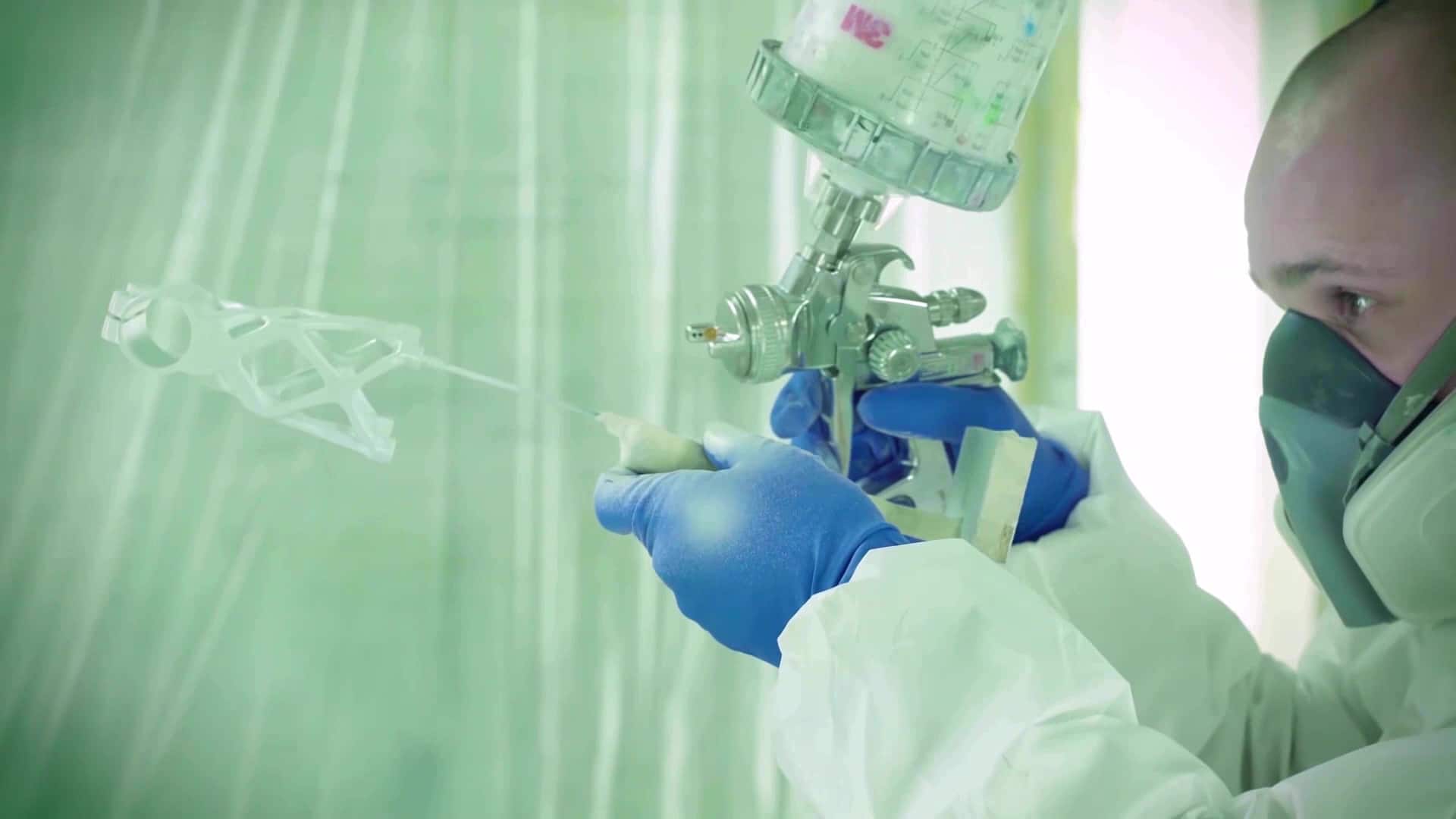Spraying
Learn more about Spraying, a finishing process, how do they work and what are the usages in the industry.
Introduction to Spraying
Spraying is a painting technique that employs a spraying device, usually coupled with compressed air, to air spray a workpiece with a choice of coating. Coatings can differ between paint, ink, varnish, and various other materials.
Airbrushes and spray guns are the two main devices used for industrial spraying. They are distinguishable by their sizes and the size of spray the pattern they produce. While airbrushes are hand-held, manufacturers apply to projects requiring greater detail, such as fine art, trim nails, or photo retouching. The equipment used with spray guns is generally quite large. Spray guns are typically well suited for covering large surfaces with an even liquid coat. Their interchangeable heads allow users to spray different patterns, and they can be either automated or hand-held.
The Southern Pacific Railway stakes claim to one of the original uses of spray painting as far back as the 1880s. Subsequently, to accelerate the whitewashing process of the miles-long subbasement walls of the Marshall Field’s Wholesale Chicago store, Joseph Binks developed a cold-water paint spraying machine in 1887. Later in 1893, Francis David Millet employed Binks and his system to apply the paint to the World’s Columbian Exposition buildings in Chicago. The rapidity of the process was impressive, and the exposition’s buildings were called “The White City.”
Ed Seymore, a paint company proprietor in Sycamore, Illinois, was given credit for making spray painting portable in 1949, following his invention of mixing aerosol and paint in a can while attaching a spray head to disperse an aluminum coat of paint on radiators effectively.
There are numerous spraying techniques. They include air atomized systems, high-volume low-pressure guns (HVLP), and airless spray guns.
- Air atomized systems are the most conventional systems and combine compressed air and paint, therefore producing small atomized particles. This technique offers a good finish quality fast and can cover complex shapes with indented areas. Usage of many nozzle shapes and sizes can achieve different paint consistencies.
- A High Volume Low-Pressure Gun (HVLP) is similar to the conventional method but differs in terms of a reduced spray velocity due to the use of different air and fluid nozzles.
- Airless spray guns produce a soft spray by forcing paint through a tiny opening using hydraulic pressure. The atomizing nozzle’s internal passageway is shaped in a manner driven mechanically into a volatile, typically fan-shaped, form.
Besides the above techniques, spray booths are common to paint vehicles in automotive body shops. The booth is a pressure-controlled, closed environment that carefully creates the ideal temperature, airflow, and humidity conditions and ventilation that exhaust toxic particles to reduce and control air pollution.

Get multiple quotes for your parts in seconds